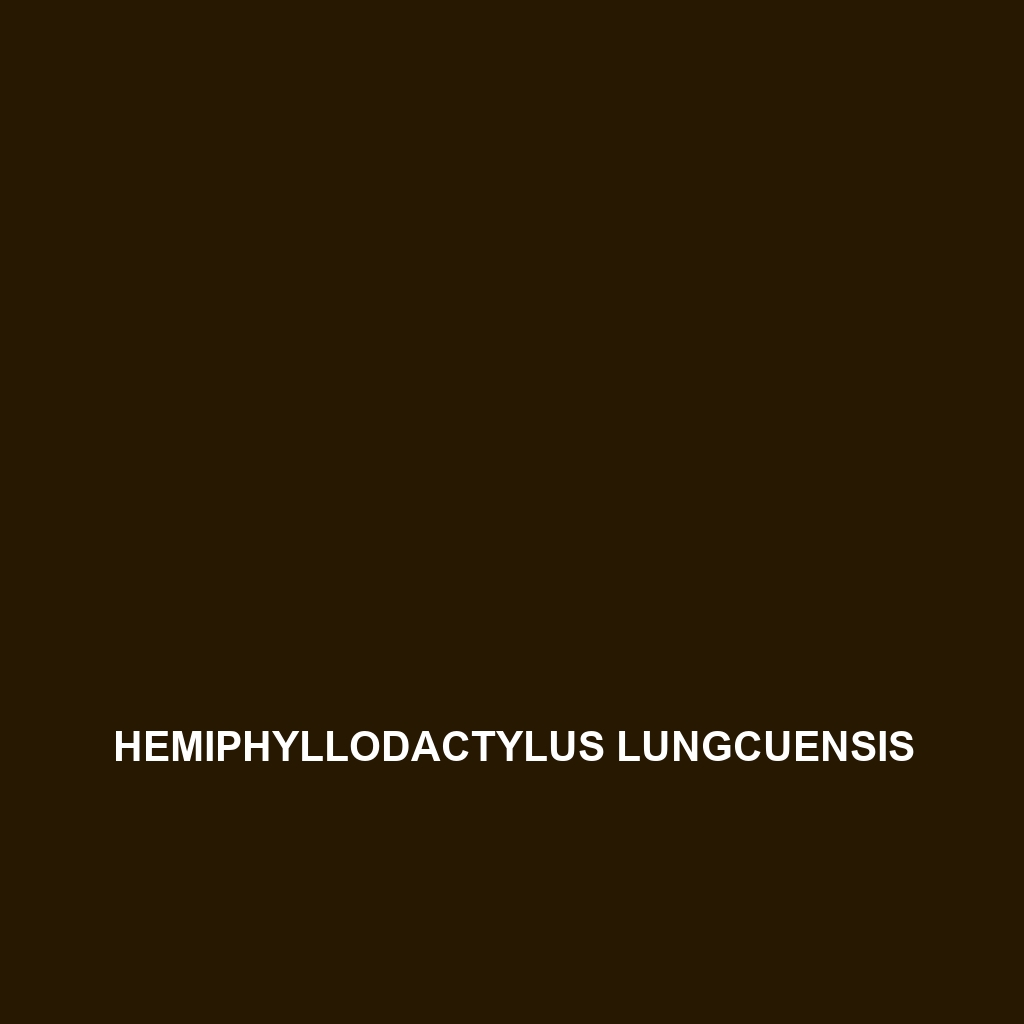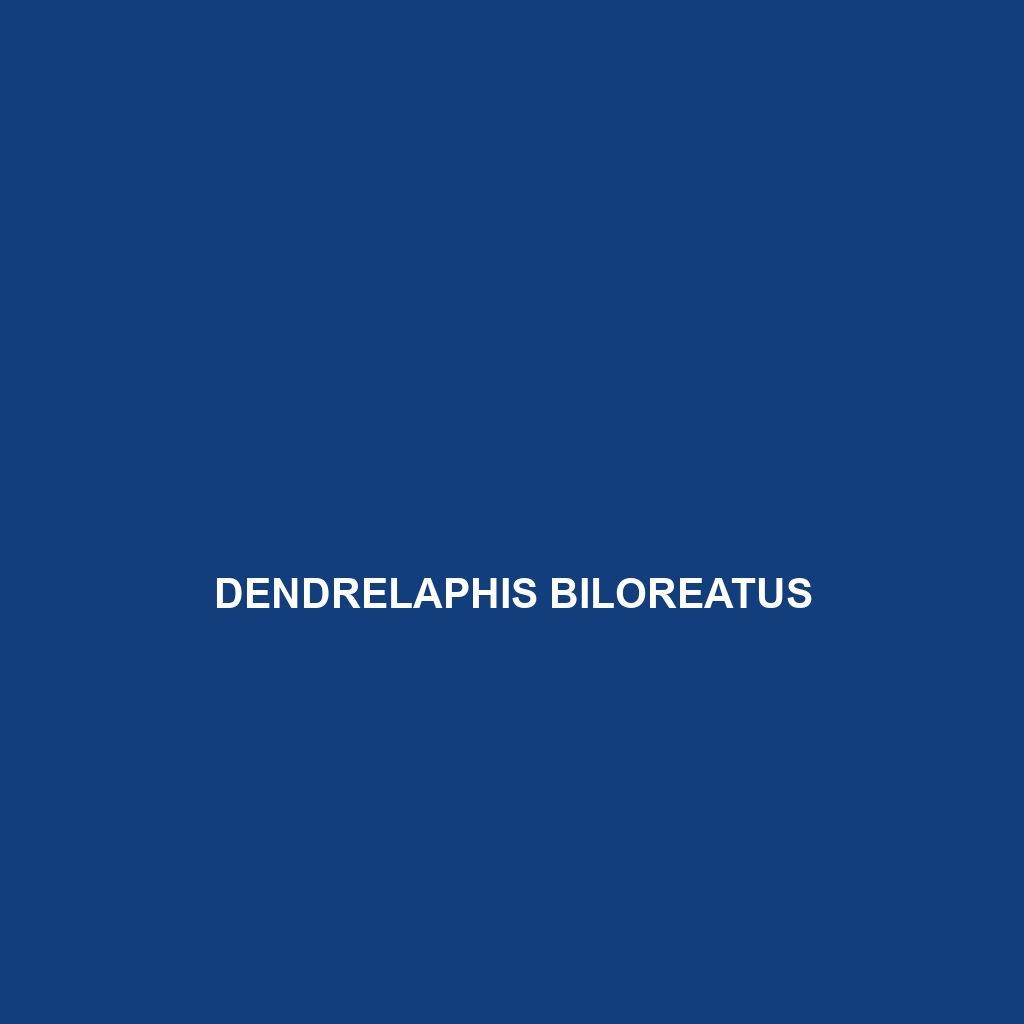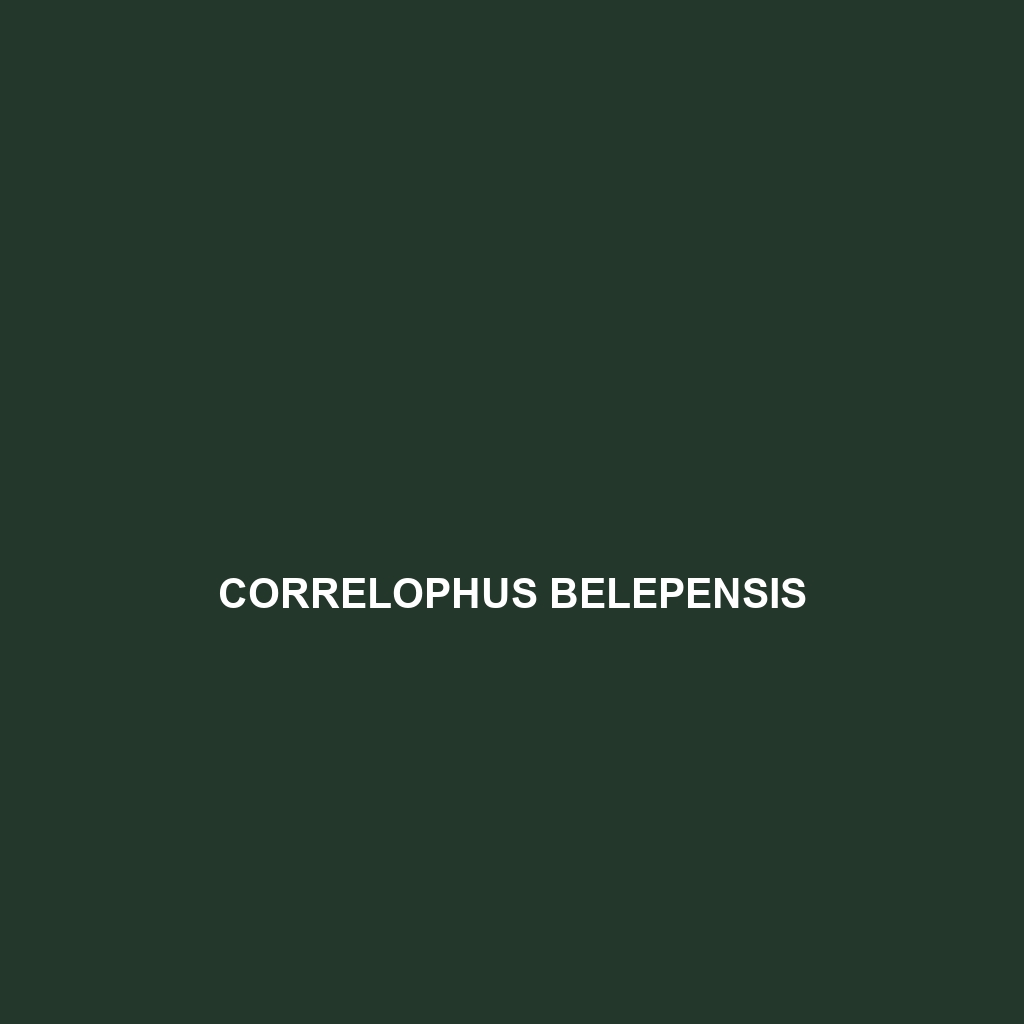<p><b>Phelsuma serraticauda</b>, also known as the Madagascar day gecko, is a vibrant, diurnal species distinguished by its slender body measuring 15 to 25 cm, adorned with bright green and yellow or blue spots. This omnivorous gecko thrives in humid Madagascar rainforests, playing a crucial role in its ecosystem as both predator and pollinator.</p>
Tag: tree-dwelling reptiles
Phelsuma parva
Discover the Phelsuma parva, or Lesser Day Gecko, a vibrant green gecko from Madagascar, measuring 8 to 12 cm in length, known for its striking blue spots and diurnal behavior. This species thrives in tropical rainforests, primarily feeding on insects while playing a crucial role in its ecosystem as both a predator and pollinator.
Phelsuma abbotti
<p><b>Phelsuma abbotti</b>, also known as Abbott's day gecko, is a vibrant green gecko native to the rainforests of Madagascar, featuring distinctive blue spots and measuring 15 to 25 centimeters in length. This diurnal species exhibits fascinating social behavior, including elaborate courtship displays, and plays a vital role in controlling insect populations while thriving on a varied diet of insects and fruits.</p>
Lygodactylus bonsi
Discover the <b>Lygodactylus bonsi</b>, or Bons's Dwarf Gecko, a vibrant insectivorous species thriving in Madagascar’s diverse habitats, known for its exceptional climbing abilities, nocturnal behavior, and striking green and brown camouflage. This vulnerable gecko plays a key role in its ecosystem by regulating insect populations and demonstrating fascinating adaptive traits.
Ichnotropis tanganicana
Discover the vibrant <b>Ichnotropis tanganicana</b>, an omnivorous species native to the rainforests and savannas of Central and East Africa, distinguished by its striking coloration and unique climbing abilities. This fascinating reptile plays a crucial role in its ecosystem, controlling insect populations and contributing to seed dispersal while exhibiting intriguing social behaviors.
Hemiphyllodactylus lungcuensis
<b>Hemiphyllodactylus lungcuensis</b>, or the Lungcu gecko, is a slender, nocturnal species native to the lush ecosystems of Southeast Asia, displaying vibrant colors and intricate patterns for camouflage. As an insectivore, it primarily feeds on insects while playing a critical role in maintaining ecosystem balance and is currently classified as Vulnerable due to habitat loss.
Hemiphyllodactylus insularis
<p><b>Hemiphyllodactylus insularis</b>, or the insular gecko, is a nocturnal insectivore from the rainforests of Southeast Asia, measuring 7 to 10 cm in length and distinguished by its light brown coloration and large eyes. Known for its remarkable climbing abilities and role in controlling insect populations, this gecko's unique behaviors and ecological significance make it a fascinating species.</p>
Dendrelaphis bifrenalis
stunning Dendrelaphis bifrenalis, or Red-Banded Tree Snake, a vibrant inhabitant of Southeast Asian forests characterized by its elongated body, striking green or yellowish-green skin adorned with vivid red or orange bands. This agile, diurnal climber primarily feeds on small reptiles and amphibians, playing a vital role in maintaining ecological balance.
Correlophus belepensis
Correlophus belepensis, an endangered gecko native to New Caledonia, thrives in humid tropical forests and features a distinctive flat body, capable of changing colors for camouflage. This nocturnal predator primarily feeds on insects and plays a vital role in its ecosystem by controlling insect populations and promoting pollination.
Bradypodion ventrale
Discover the Ventral Chameleon (Bradypodion ventrale), a small to medium-sized chameleon native to South Africa's subtropical forests, known for its vibrant color variations and unique prehensile tail. As a skilled insect hunter, this Vulnerable species plays a vital role in maintaining ecological balance within its habitat.









